Albert C. Cheung
Expressing Multivariate Time Series as Graphs with Time Series Attention Transformer
Aug 19, 2022
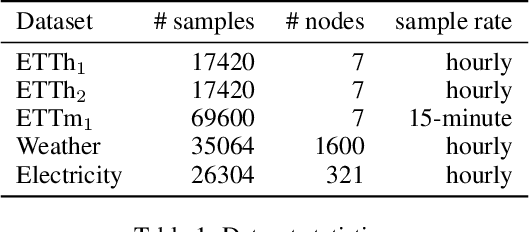

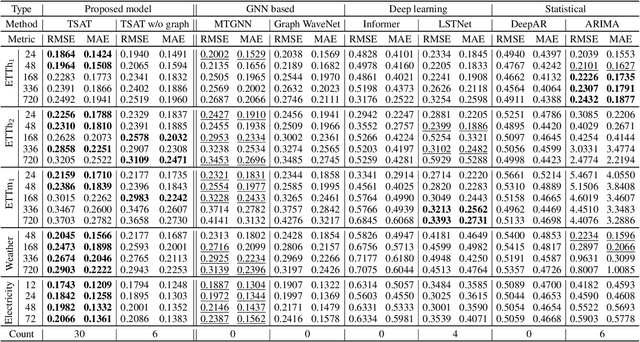
Abstract:A reliable and efficient representation of multivariate time series is crucial in various downstream machine learning tasks. In multivariate time series forecasting, each variable depends on its historical values and there are inter-dependencies among variables as well. Models have to be designed to capture both intra- and inter-relationships among the time series. To move towards this goal, we propose the Time Series Attention Transformer (TSAT) for multivariate time series representation learning. Using TSAT, we represent both temporal information and inter-dependencies of multivariate time series in terms of edge-enhanced dynamic graphs. The intra-series correlations are represented by nodes in a dynamic graph; a self-attention mechanism is modified to capture the inter-series correlations by using the super-empirical mode decomposition (SMD) module. We applied the embedded dynamic graphs to times series forecasting problems, including two real-world datasets and two benchmark datasets. Extensive experiments show that TSAT clearly outerperforms six state-of-the-art baseline methods in various forecasting horizons. We further visualize the embedded dynamic graphs to illustrate the graph representation power of TSAT. We share our code at https://github.com/RadiantResearch/TSAT.
Tensorizing GAN with High-Order Pooling for Alzheimer's Disease Assessment
Aug 03, 2020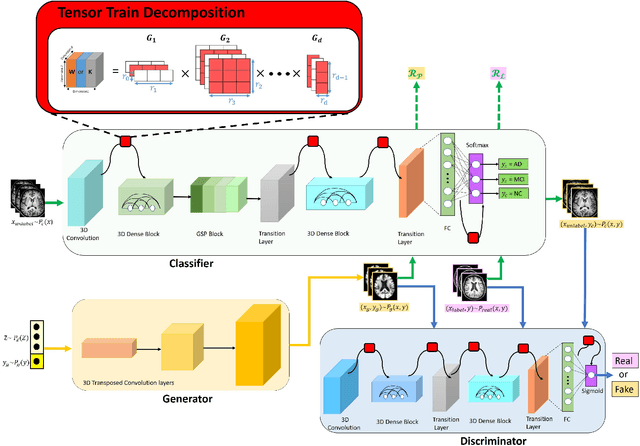
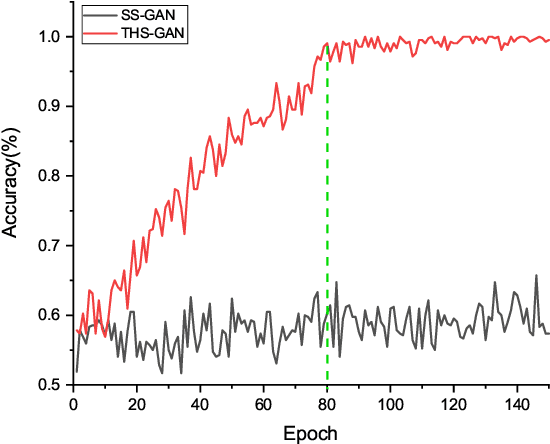

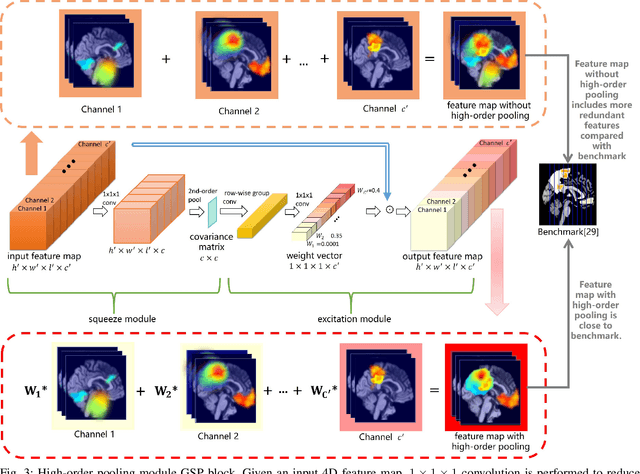
Abstract:It is of great significance to apply deep learning for the early diagnosis of Alzheimer's Disease (AD). In this work, a novel tensorizing GAN with high-order pooling is proposed to assess Mild Cognitive Impairment (MCI) and AD. By tensorizing a three-player cooperative game based framework, the proposed model can benefit from the structural information of the brain. By incorporating the high-order pooling scheme into the classifier, the proposed model can make full use of the second-order statistics of the holistic Magnetic Resonance Imaging (MRI) images. To the best of our knowledge, the proposed Tensor-train, High-pooling and Semi-supervised learning based GAN (THS-GAN) is the first work to deal with classification on MRI images for AD diagnosis. Extensive experimental results on Alzheimer's Disease Neuroimaging Initiative (ADNI) dataset are reported to demonstrate that the proposed THS-GAN achieves superior performance compared with existing methods, and to show that both tensor-train and high-order pooling can enhance classification performance. The visualization of generated samples also shows that the proposed model can generate plausible samples for semi-supervised learning purpose.
 Add to Chrome
Add to Chrome Add to Firefox
Add to Firefox Add to Edge
Add to Edge